
- Teacher: Gary Chan
- Teacher: Daisy Chim
- Teacher: Benny Chui
- Teacher: Jessica Ng
- Teacher: Dickson Wong
- Teacher: Holly Wong
在新奇有趣的各個小生境中,應用和驗證生態學知識和概念。
Apply and verify ecology knowledge and concepts in various novel micro-habitats.
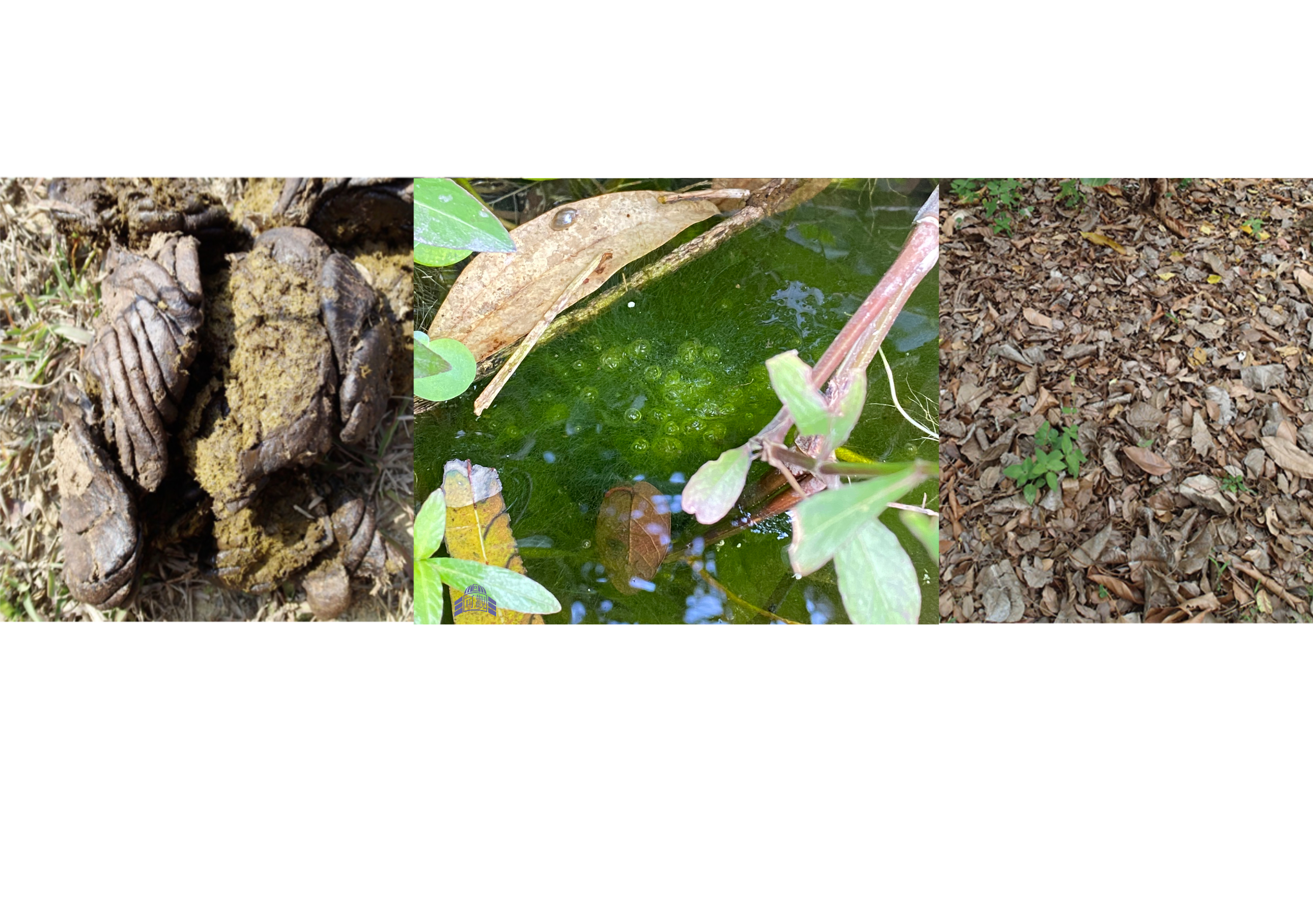
- Teacher: Chi Yan Au
- Teacher: Gary Chan
- Teacher: Daisy Chim
- Teacher: Benny Chui
- Teacher: Dickson Wong
- Teacher: Holly Wong
- Teacher: vor yiu
- Teacher: Vor YIU (Ho Koon Biology)
在野外收集淡水微生物樣本,置於複式顯微鏡底下,以暗場、相位對比等各種顯微鏡成像技術作觀察,可更深入認識淡水微生物學,同時全面掌握高端複式顯微鏡的操作技術。Collect aquatic micro-organism samples in the wild, place under compound microscope and use different microscopic imaging settings such as dark field, and phase contrast to observe. For better knowledge on aquatic microscopic lives as well as fully grasp of the skills to control an high end compound microscope.
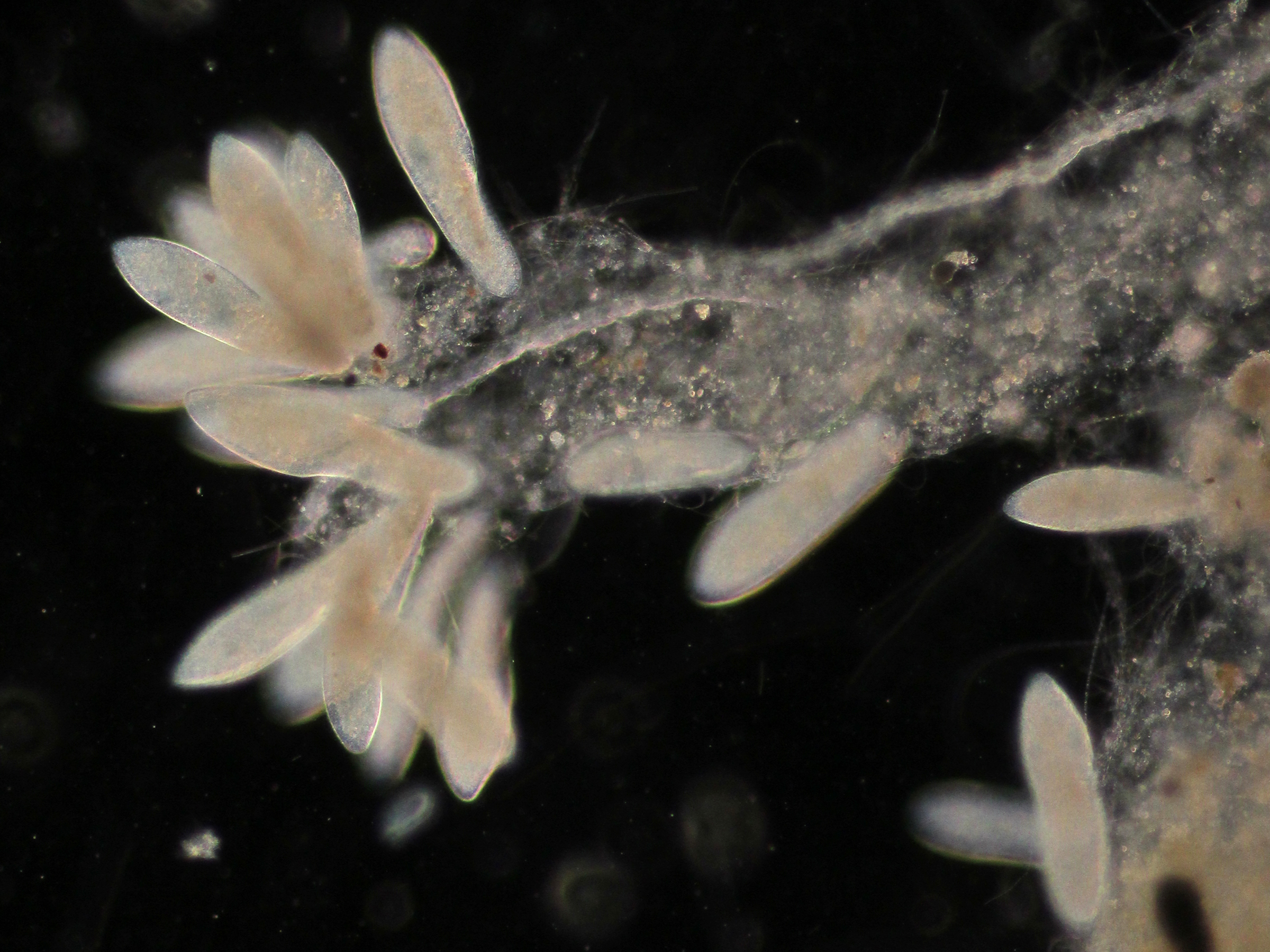
- Teacher: Chi Yan Au
- Teacher: Gary Chan
- Teacher: Daisy Chim
- Teacher: Benny Chui
- Teacher: Sybel Lam
- Teacher: Dickson Wong
- Teacher: Holly Wong
- Teacher: Vor YIU (Ho Koon Biology)
沙坪是眾多海岸生境其中一個最為人熟悉的生境,學生可以認識和了解各種潮間帶的動物,同時學習如何量度一些非生物因素。學生透過觀察各種動物的分佈和適應性,更能明白生物與環境間的關係。
Sand flat is one of well known coastal habitats. Students can learn how to identify diversified animals living in the inter-tidal zone, and at the same time to measure some kinds of abiotic factors of the habitat. By observing the distribution and adaptive features of the animals, students could better understand the relationships between the physical environment and living organisms.
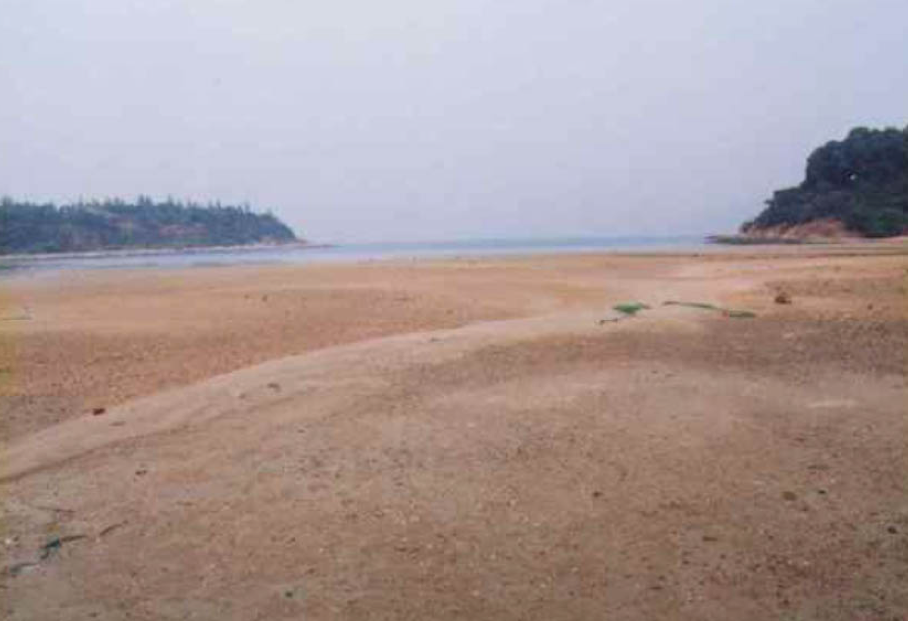
- Teacher: Chi Yan Au
- Teacher: Gary Chan
- Teacher: Daisy Chim
- Teacher: Benny Chui
- Teacher: Sybel Lam
- Teacher: Cliff LO
- Teacher: Dickson Wong
- Teacher: Holly Wong
- Teacher: Vor YIU (Ho Koon Biology)
海岸生境中以紅樹林最為人熟悉,學生可以認識不同的紅樹及類紅樹品種,記錄各種潮間帶的動物,同時量度各項非生物因素。學生透過觀察各種動植物的分佈和適應性,更能明白生物與環境間的關係。
Mangrove stands is one of the most well known coastal habitats. Students can learn how to identify different mangrove plant species as well as diversified animals living in the inter-tidal zone, and at the same time to measure various abiotic factors of the habitat. By observing the distribution and adaptive features of the animals and plants, students could better understand the relationships between the physical environment and living organisms.
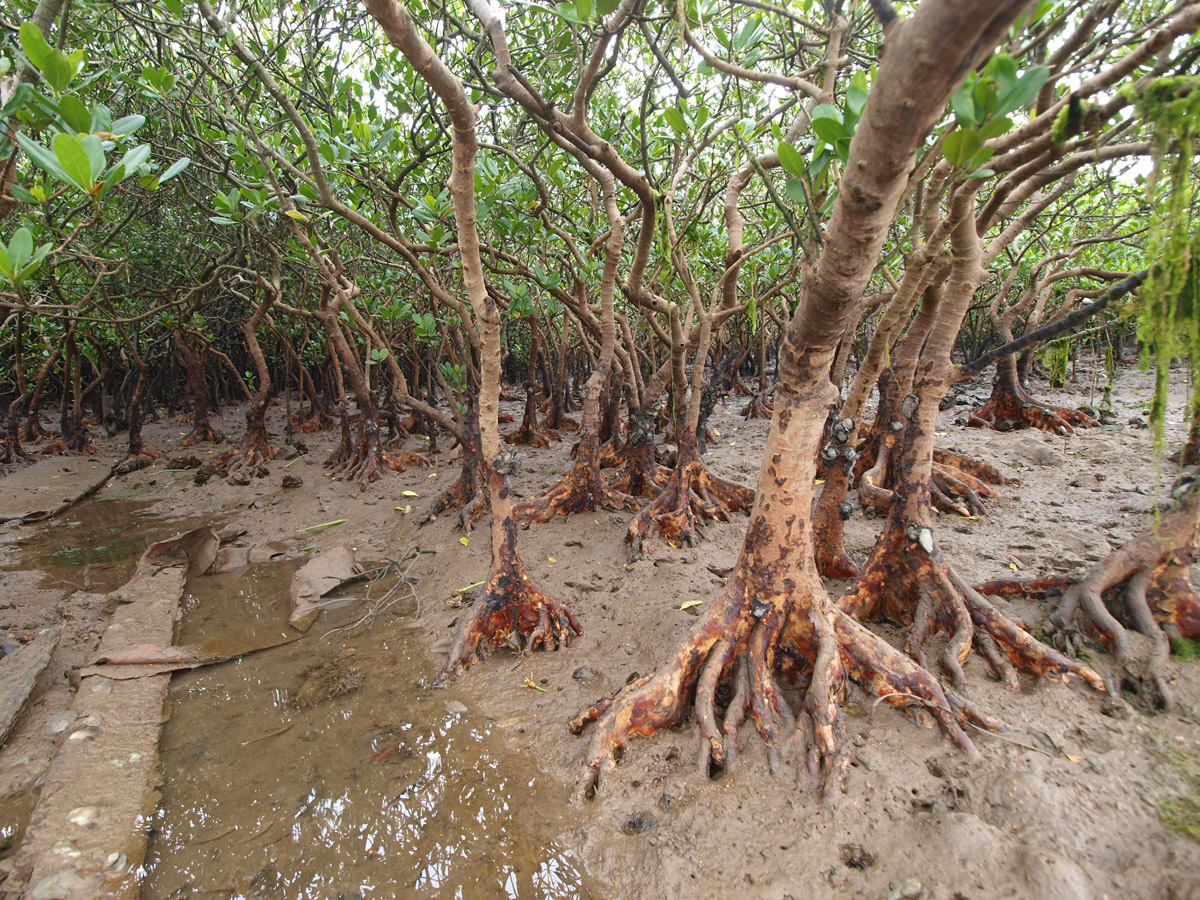
- Teacher: Chi Yan Au
- Teacher: Christina Chan
- Teacher: Gary Chan
- Teacher: Daisy Chim
- Teacher: Benny Chui
- Teacher: Sybel Lam
- Teacher: Dickson Wong
- Teacher: Holly Wong
讓學生在典型香港上游河溪觀察和記錄各種動植物,同時量度多項非生物因素,並取水樣本進行簡單的化學測試,分析各類所得數據。過程當中,學生能認識整個生態系統的構成和運作。
Students go to the typical upper stream for observing and recording animal and plant species and measuring the abiotic factors. Water samples are taken for chemical analysis. In the course, students should able to understand the functioning of an ecosystem.
- Teacher: Chi Yan Au
- Teacher: Gary Chan
- Teacher: Daisy Chim
- Teacher: Benny Chui
- Teacher: Sybel Lam
- Teacher: Dickson Wong
- Teacher: Vor YIU (Ho Koon Biology)
岩岸是眾多海岸生境其中一個最為人熟悉的生境,學生可以認識和了解各種潮間帶的動物,同時學習如何量度一些非生物因素。學生透過觀察各種動物的分佈和適應性,更能明白生物與環境間的關係。
Rocky shore is one of well known coastal habitats. Students can learn how to identify diversified animals living in the inter-tidal zone, and at the same time to measure some kinds of abiotic factors of the habitat. By observing the distribution and adaptive features of the animals, students could better understand the relationships between the physical environment and living organisms.
- Teacher: Chi Yan Au
- Teacher: Gary Chan
- Teacher: Daisy Chim
- Teacher: Benny Chui
- Teacher: Sybel Lam
- Teacher: Dickson Wong
- Teacher: Holly Wong
- Teacher: Michelle Wong
- Teacher: Vor YIU (Ho Koon Biology)
量度和評估野外牛糞的非生物因子,並且找出牛糞小生境中極多樣化的小動物,藉此進一步了解演替作用和動物如何適應獨特環境。Measure and access the abiotic factors of cow dungs found in wild, and find out the highly diversified small animals living in the cow dung micro-habitat, in order to better understand ecological succession and how animals adapt to special environment.
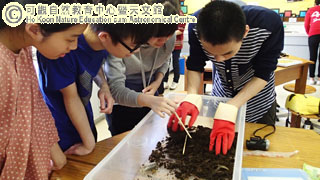
- Teacher: Chi Yan Au
- Teacher: Gary Chan
- Teacher: Daisy Chim
- Teacher: Benny Chui
- Teacher: Sybel Lam
- Teacher: Dickson Wong
- Teacher: Holly Wong
- Teacher: Vor YIU (Ho Koon Biology)
在自然環境中找尋各種共生關係的例證,並進行深入觀察和詳細紀錄。Search
for real examples of various symbiotic relations in the natural
environment, followed by in-depth observation and comprehensive
recording.
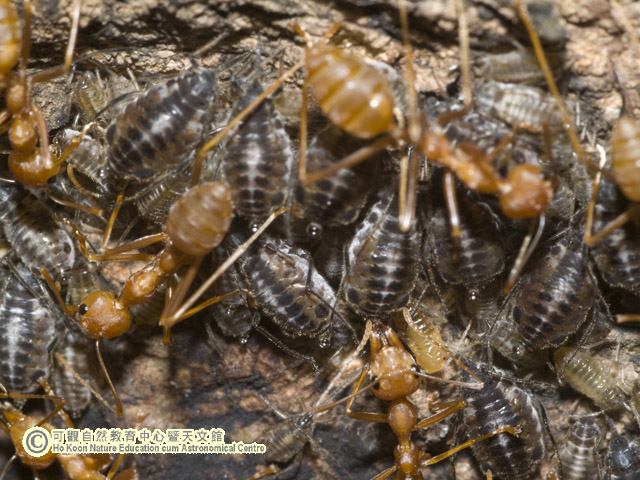
- Teacher: Chi Yan Au
- Teacher: Gary Chan
- Teacher: Daisy Chim
- Teacher: Benny Chui
- Teacher: Sybel Lam
- Teacher: Cliff LO
- Teacher: Dickson Wong
- Teacher: Holly Wong
- Teacher: Michelle Wong
- Teacher: Vor YIU (Ho Koon Biology)
在野外收集不同種類的花粉、孢子囊和細小節肢動物,然後學生親自操作掃描式電子顯微鏡,將影像放大數千至過萬倍進行觀測,從而深入了解生物的微結構與生物分類和適應環境的奧妙關係。Collect different species of pollens, spores and small insects in the wild, and then students operate a scanning electron microscope to observe at a few thousand times of magnification to tens of thousand times of magnification, in order to better understand the secret relationship between micro-structure of living organisms and classification as well as adaption to the environment.
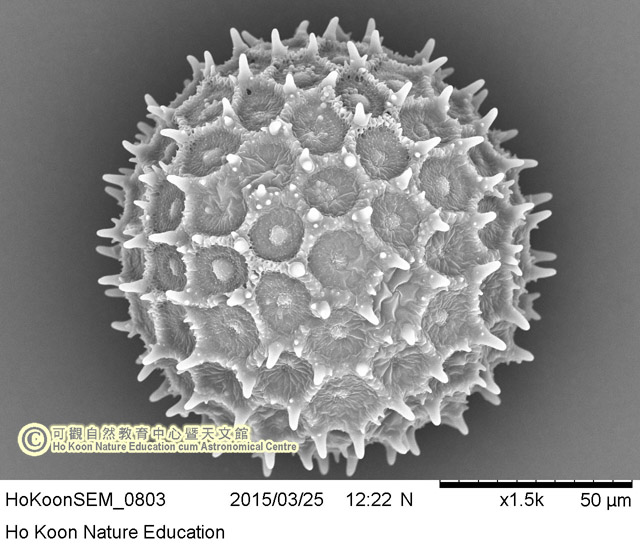
- Teacher: Chi Yan Au
- Teacher: Gary Chan
- Teacher: Daisy Chim
- Teacher: Benny Chui
- Teacher: Sybel Lam
- Teacher: Cliff LO
- Teacher: Dickson Wong
- Teacher: Holly Wong
- Teacher: vor yiu
- Teacher: Vor YIU (Ho Koon Biology)